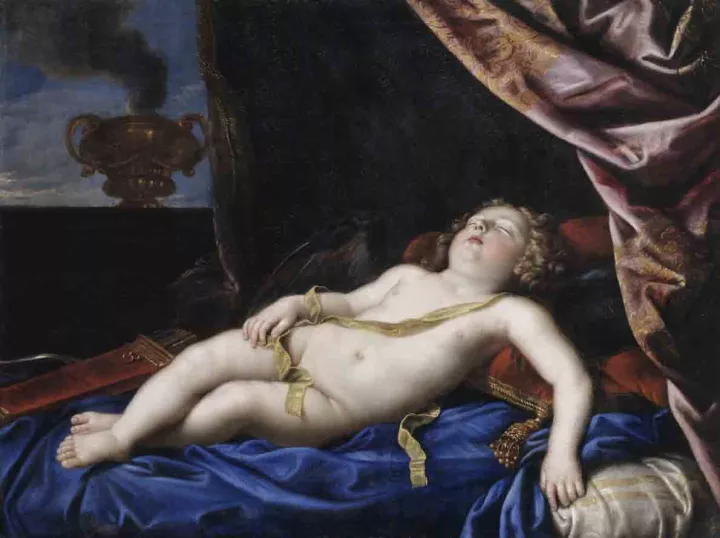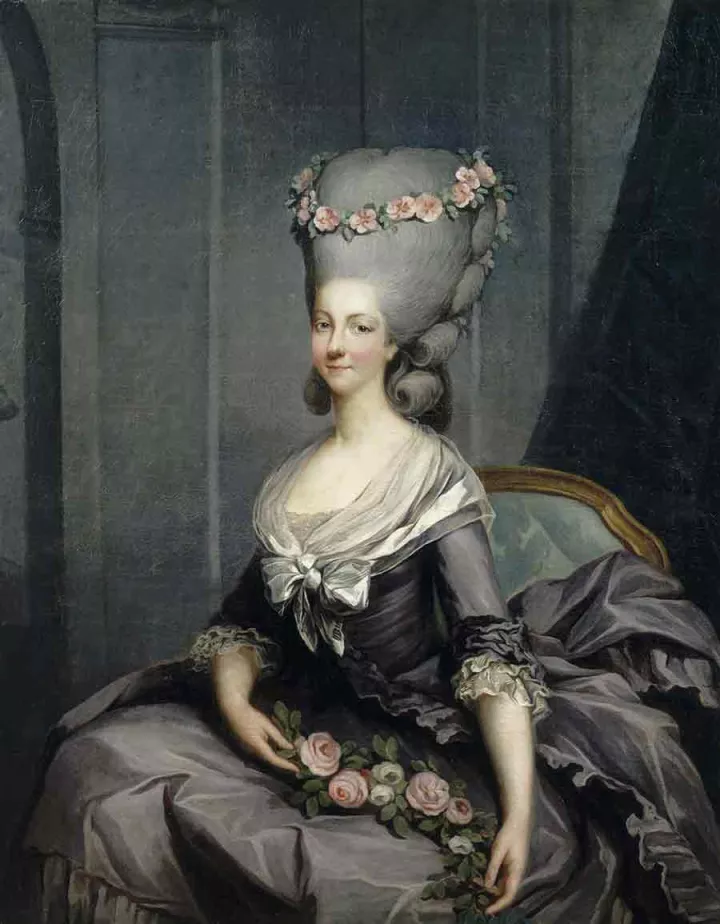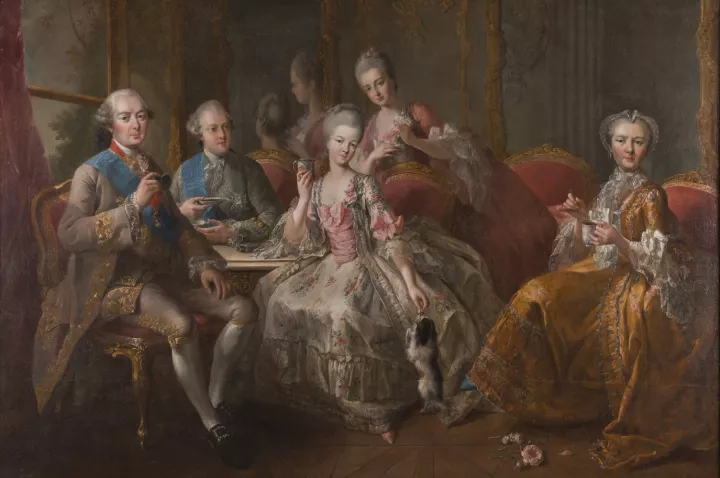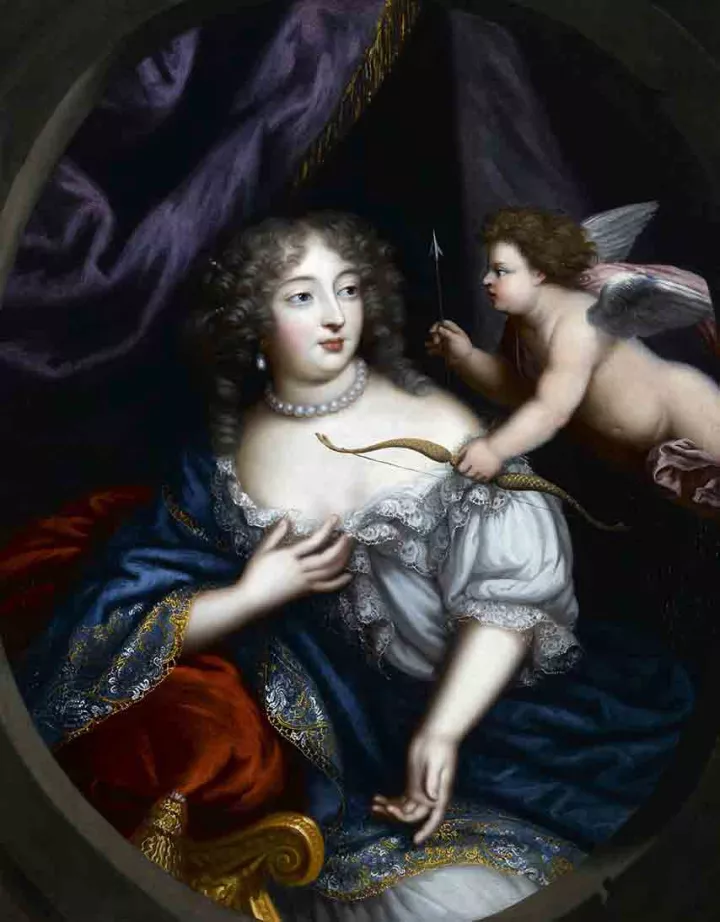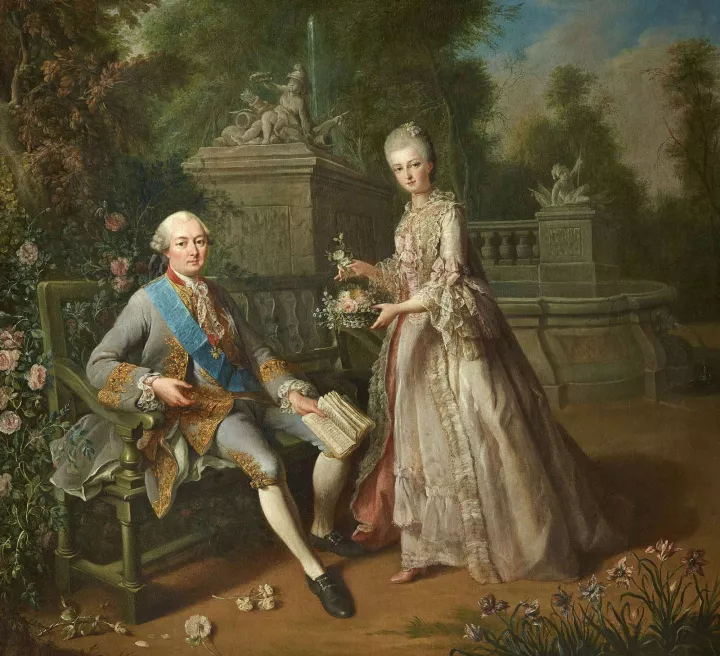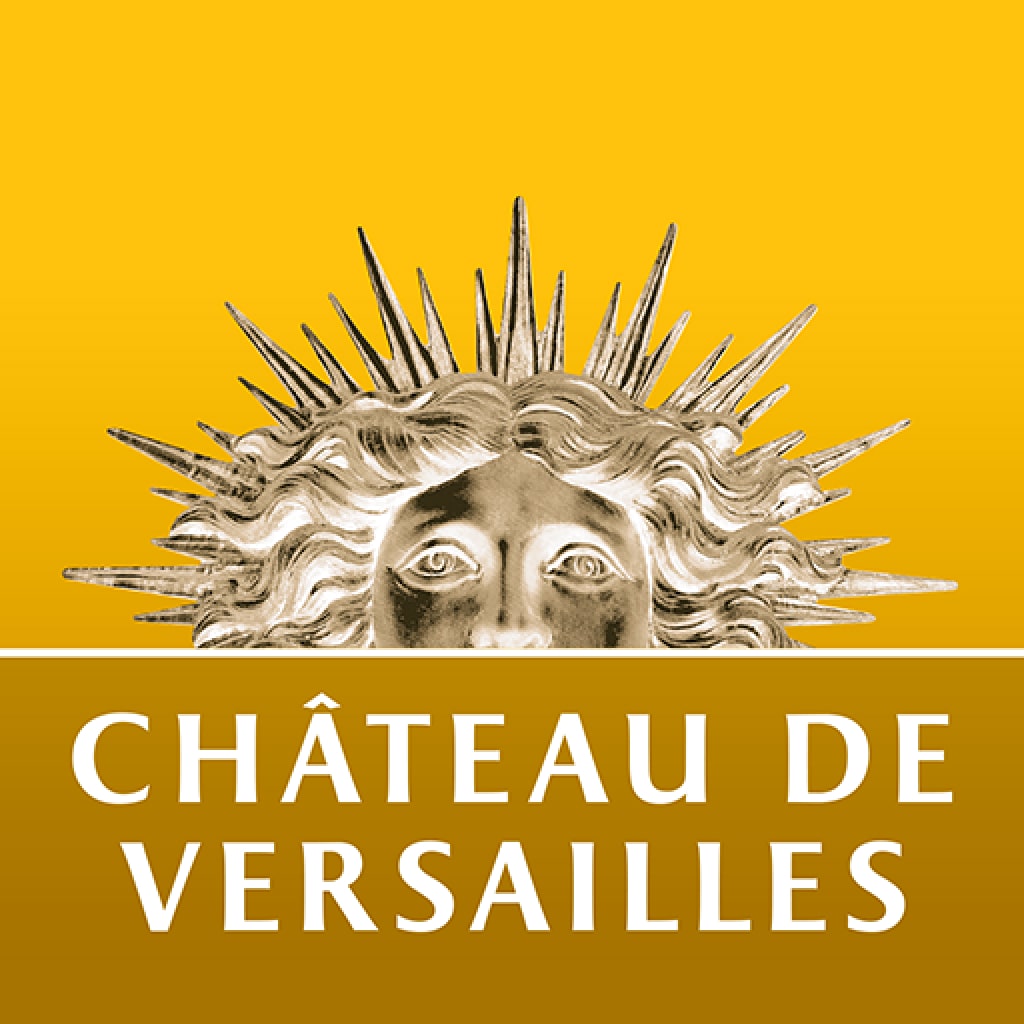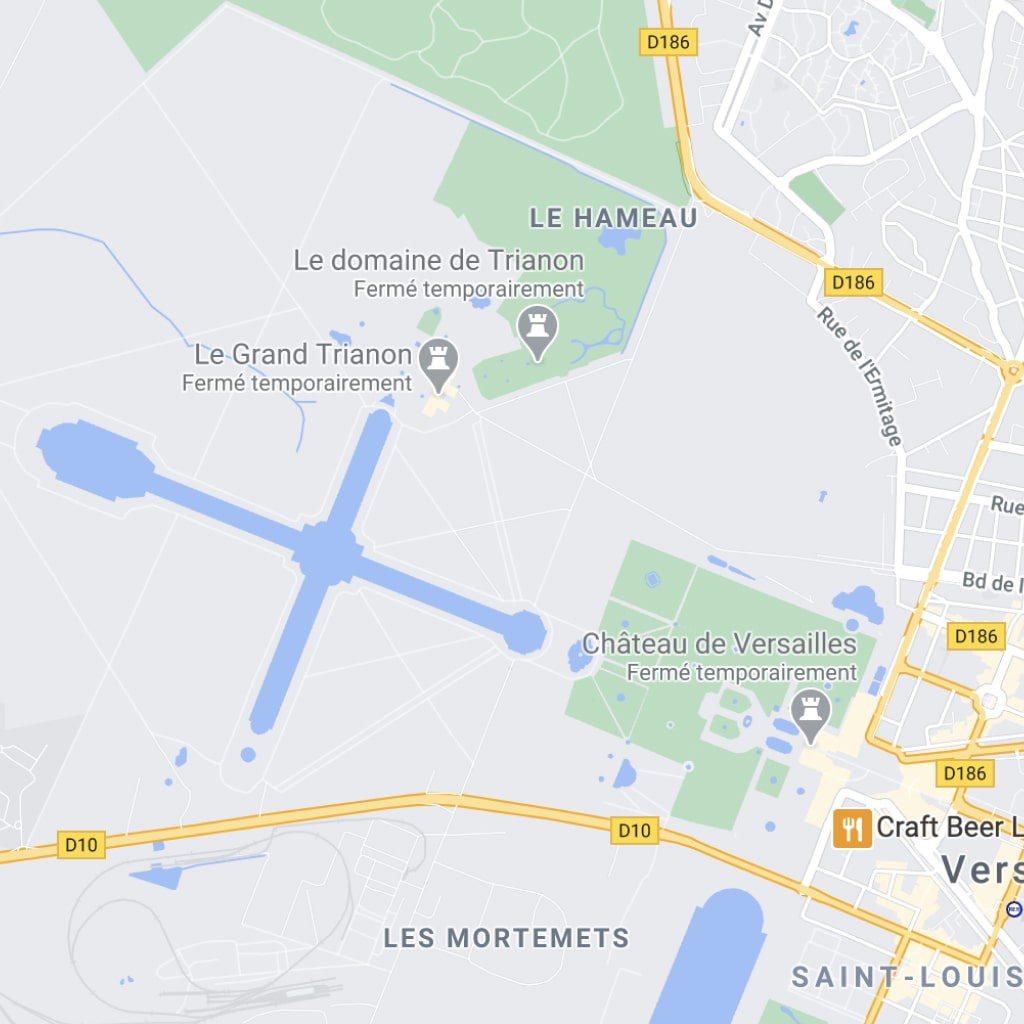On the occasion of the reopening of the Château de Rambouillet, the Centre des Monuments Nationaux and the Palace of Versailles present the "The Princes of Rambouillet. Family portraits" from 15 September 2017 to 19 February 2018.
During the European Heritage Days, on 16 and 17 September 2017, the entrance to the Château de Rambouillet and the exhibition will be free from 10 am to 6 pm.

15 September 2017 - 19 February 2017 / Château de Rambouillet
The princes of Rambouillet.
Family portraits
The Exhibition
Ten or so portraits from the collections of the Palace of Versailles will cast a spotlight on the Bourbon-Toulouse-Penthièvre family, who owned Rambouillet for almost all of the 18th century. The château was embellished and the estate largely extended over two generations, first by the Count of Toulouse, the legitimated son of Louis XIV and Madame de Montespan who bought the marquisate of Rambouillet from Fleuriau d’Armenonville in 1706, and then by his son, the Duke of Penthièvre, who was obliged to part with the estate in 1783 upon command by Louis XVI.
The exhibition will feature famous works such as the portrait of the Count of Toulouse as a Sleeping Putto by Mignard, or the famous "Cup of Hot Chocolate" by Charpentier, alongside lesser-known but just as evocative portraits like that of the Princess of Lamballe by Ducreux or the Duke of Valois in the Cradle by Lépicié, the latter being displayed for the first time since its recent purchase by the Palace of Versailles.
During the European Heritage Days, on the 16 and 17 of September, the château of Rambouillet will be open, free of charge, from 10 am to 6 pm.
Practical Information
Exhibition at the Château de Rambouillet from 15 September 2017 to 19 February 2018, from Wednesday to Monday between 9:50 am to 12 pm and 1:50 pm to 5 pm (closed on 11 November, 25 December and 1 January).
THE partnErSHIP
The partnership between the French Centre of National Monuments (CMN) and the Palace of Versailles, established in 2013, institutes dialogue between collections and important national heritage locations that are too often little-known of.
These temporary exhibitions allow the two institutions to pool their ressources to provide as many people as possible with the opportunity to discover or rediscover a few pages of French history in the prestigious setting of national monuments.
Other news
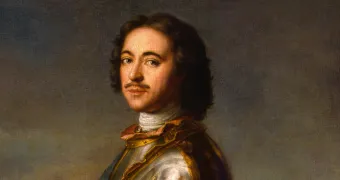
Current exhibition in the Grand Trianon
Peter the Great,
a Tsar in France. 1717
From 30 May to 24 September 2017, discover the history of Peter the Great's stay in Paris and at the Palace of Versailles in May and June 1717, celebrating the tercentenary of the tsar's trip to France.
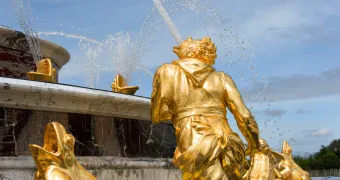
Show
The Musical Fountains Show and the Musical Gardens
From April 1 to October 31 2025, enjoy the Musical Gardens and the Musical Fountains Show in the gardens and groves opened for the occasion. Every Saturday evening from 7 June to 20 September, discover the Gardens in the evening with the The Night Fountains Show.
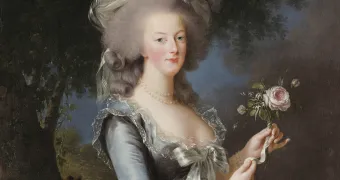
Virtual Exhibition
Fashion at Versailles
The partnership between the Palace of Versailles and the Google Cultural Institute continues through the international project« We Wear Culture » with the creation of two virtual exhibitions : « Fashion at Versailles : Her » et « Fashion at Versailles : Him ».



